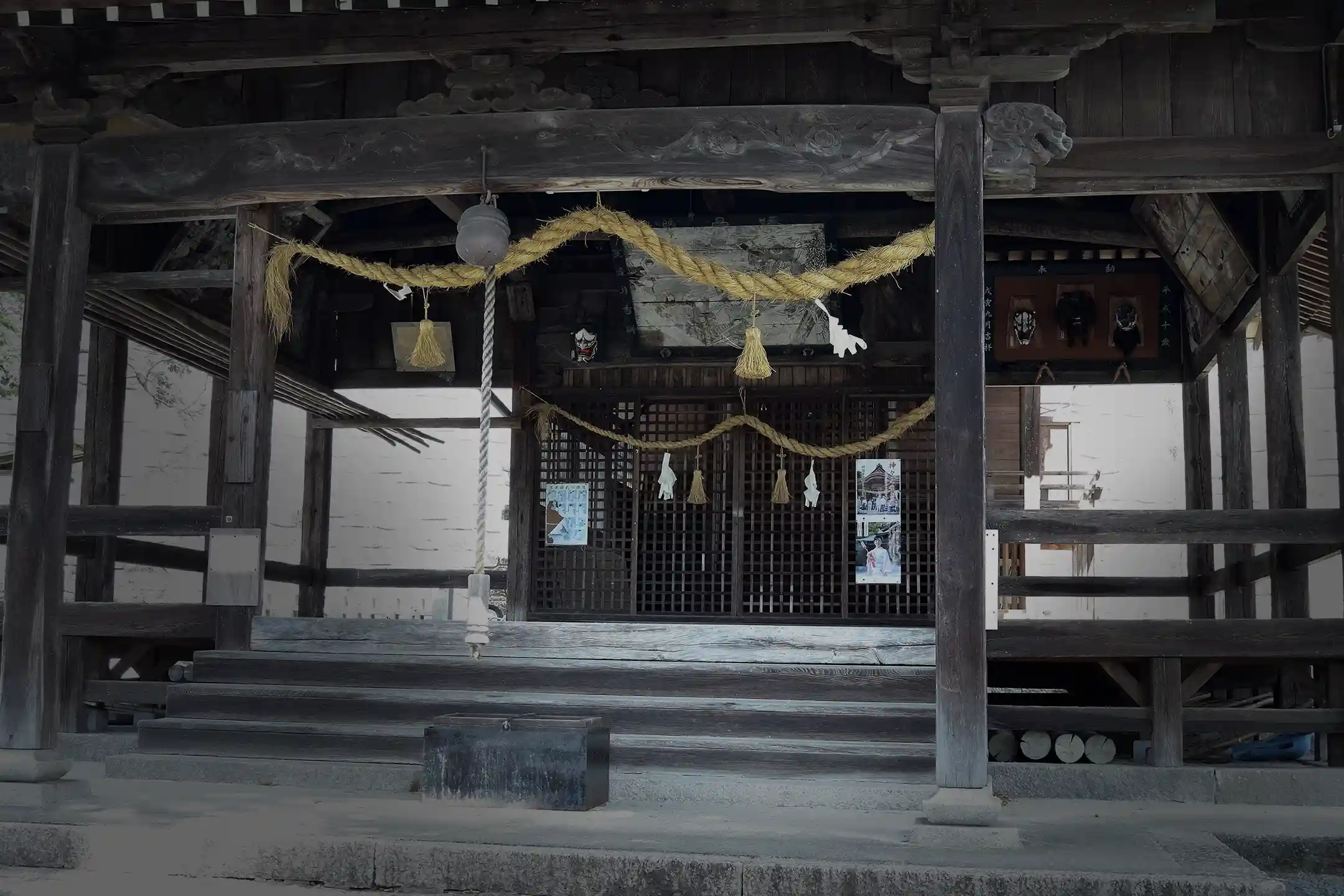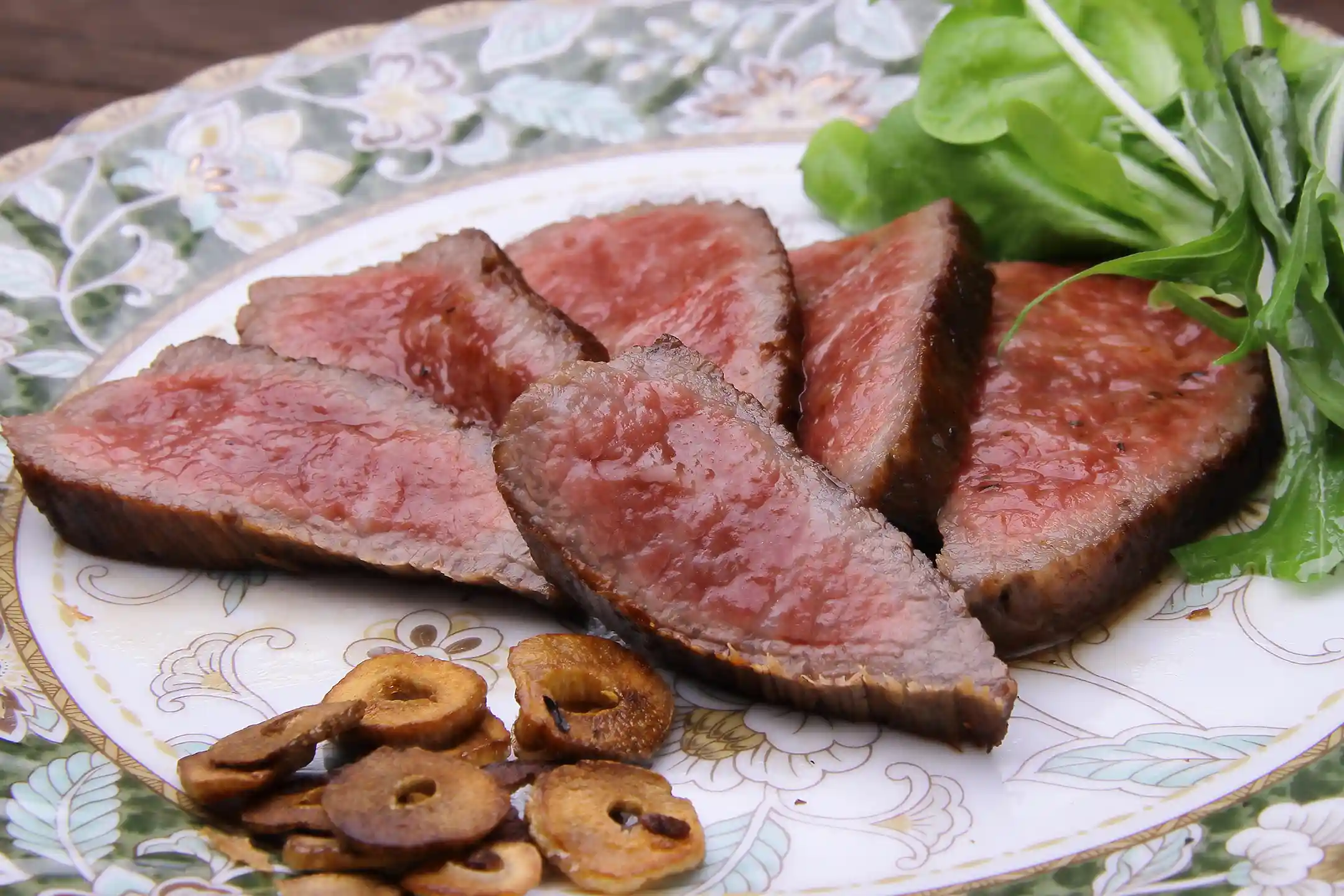You'll find that the performing arts and music of Japan combine deep history with modern creativity. Traditional performing arts like Kabuki, Bunraku, and Noh can captivate you with elaborate costumes, distinctive staging, and an almost spiritual atmosphere. If it's your first time seeing one of these performances, you might be surprised by the emphasis on stillness and the strong connection to nature and spirituality — a very different experience from what you might expect at a Western opera or musical.
At the same time, the gentle sounds of traditional Japanese instruments such as the koto, shamisen, and shakuhachi have a beauty that's distinctly Japanese. These instruments are deeply connected to Zen Buddhism and wabi-sabi — the idea of finding beauty in imperfection and impermanence. By immersing yourself in this blend of tradition and innovation, you'll gain insight into how Japan’s spiritual culture has evolved and continues to flourish today.
Traditional Japanese Performing Arts: The History and Aesthetics of Kabuki, Bunraku, and Noh

Kabuki, Bunraku, and Noh are the iconic traditional performing arts of Japan, each shaped by centuries of history and philosophy. These art forms are more than entertainment — they're cultural mirrors reflecting the values, spirituality, and local aesthetics of their eras. When you watch one — whether it's a vibrant Kabuki play or an ethereal Noh drama — you're not just being entertained; you're peering into the heart of Japanese heritage.
You'll quickly notice that the atmosphere is very different from Western theater. Where Western shows often highlight lively entertainment and social interaction, Japanese performance traditions embrace silence and inner expression. In place of elaborate sets, Japanese theater relies on symbolic costumes and minimal props under strict conventions called "kata," which have been preserved over generations to draw you into a deeper artistic experience (*1). And because these arts developed alongside Japanese rituals and daily life among both commoners and nobility, each performance carries layers of social and historical meaning.
Kabuki and Bunraku: The Stagecraft and Costume Aesthetics of Japanese Performance Art
Kabuki will grab your attention with its vibrant costumes, bold makeup, and dynamic stage design. The iconic red "kumadori" makeup on a Kabuki actor’s face instantly signals the character's role (*2). Bunraku, on the other hand, is performed with puppets. Three puppeteers dressed in black work together to bring a single puppet to life, moving in perfect unison.
But there's much more to these arts than their eye-catching visuals. If you're curious to learn more, consider joining a guided backstage tour. These tours let you peek behind the curtain and even handle some of the costumes or puppets yourself (*3). It's a hands-on way to appreciate the passion and skill poured into every Kabuki or Bunraku production, giving you a deeper respect for everyone involved in keeping these traditions alive.
Noh and Gagaku: The Refined World of Japanese Performance Art from the Imperial Court
Noh theater offers a refined, meditative experience. Performers wear wooden masks and elegant costumes to tell stories through slow, stylized dance and chanting. A key element of Noh is the concept of ma — purposeful pauses or silence. This use of silence and space creates an atmosphere unlike the energetic pace of Western theater.
Then there's Gagaku, the elegant music-and-dance tradition from the ancient imperial court.
It has a graceful, ethereal sound. When you listen to Gagaku, you're not just hearing Japanese tradition — you're also hearing echoes of history, from old political ceremonies to cultural exchanges long ago. It's a beautiful example of how Japan preserved its heritage while weaving in outside influences over the centuries (*4). By looking beyond the initial novelty, you'll uncover layers of history and culture that most visitors never get to see.
Traditional Japanese Music: Koto, Shamisen, and Shakuhachi as Reflections of Zen Spirituality

Traditional Japanese musical instruments like the koto, shamisen, and shakuhachi create a beauty very different from that of Western instruments. Instead of emphasizing volume or complex harmonies, these instruments highlight subtlety, quietness, and the natural resonance of each note. This approach is deeply connected to Zen Buddhist principles and the concept of wabi-sabi — finding beauty in simplicity and imperfection.
The koto produces soft tones that bloom in quiet settings, while the shamisen has a soulful, slightly raw sound that embodies wabi-sabi. And the shakuhachi, a bamboo flute, has a sound shaped by the player's breath, giving it an incredibly expressive, human quality. When you hear these instruments, you can sense mujo (impermanence) and a deep reverence for nature woven into the music — which is fascinating to compare with other musical traditions (*1).
Experiential Workshops on Koto, Shamisen, and Shakuhachi: Deepening Cultural Understanding
Signing up for a beginner-friendly music workshop can enrich your appreciation for instruments like the koto, shamisen, or shakuhachi. Many classes welcome newcomers (even from overseas), so it’s okay if you’ve never touched these instruments or don’t speak Japanese. When you pluck a koto or manage your first note on a shakuhachi, you form a personal connection to the instrument’s history and culture. It's one thing to hear a beautiful melody; it's another to feel how it's created yourself.
Some programs go beyond just playing — they take you into the workshop of a master craftsman. Imagine watching an artisan carve and assemble a shamisen right in front of you. Seeing this dedication and skill makes it clear that these instruments are not just museum artifacts. They're part of a living tradition still being passed down today (*2). Immersive experiences like this can turn simple curiosity into a deep appreciation of Japan’s spirituality and aesthetics.
The Contemporary Japanese Music Scene: A Fusion of Tradition and Innovation

Japan’s contemporary music scene is bursting with creativity. What makes it special is how modern artists blend traditional sounds with modern genres. You might hear a rock band that includes a shamisen, or a techno track that samples a koto melody. The result is a distinctive sound unlike anything in Western pop or rock, and it’s winning over fans worldwide.
You'll notice a huge appetite for genre-blending music in cities like Tokyo and Osaka. Many big concerts and festivals now dedicate stages to these fusion acts. It's not unusual to see taiko drums or shakuhachi flutes steal the spotlight alongside electric guitars and DJs. It proves that these traditional arts aren't just "relics of the past" — they're being reinvented in exciting ways for the future.
Ryuichi Sakamoto and the Philosophy of Sustainability in Japanese Contemporary Music
A look at contemporary Japanese music wouldn’t be complete without mentioning the late Ryuichi Sakamoto. He wasn’t just famous for blending electronic and classical styles; he was also a passionate advocate for environmental and social causes. Sakamoto believed that music isn’t only about sound, but also about making a statement. When you listen to his work, you might find yourself not only enjoying the melodies but also thinking about the issues he cared deeply about, from climate change to human rights.
Sakamoto’s collaborations with artists from around the world were built on mutual respect, with each tradition bringing out its own strengths. This kind of exchange challenges "East vs. West" thinking and shows that great art comes from cooperation and understanding.
Inspired by pioneers like Sakamoto, Japan's music community has been paying more attention to sustainability. Many concerts and festivals now use renewable energy for their lighting and sound systems (*1). In this way, the modern music scene is blending Japan’s spiritual heritage with a global concern for the environment.
Traditional Instruments Meet Technology: The Cutting Edge of Japanese Music Art
Another fascinating trend is the fusion of traditional instruments with high-tech elements on stage. Some performances pair a wadaiko drum or shakuhachi flute with motion sensors and LED lighting, transforming the venue into an interactive art installation. The result is an immersive experience that can leave you in awe, blending sound and visuals in a way you probably haven't seen before.
What's special about these performances is that they aren't just tech gimmicks — they're using tradition to engage with contemporary themes and invite a global audience to connect. It's the kind of art that sparks conversations among people from all kinds of backgrounds. In cities like Tokyo and Osaka, immersive shows like these have become regular events.
The goal isn't simply to wow you with novelty; it's to find meaningful new ways to express an ancient spiritual heritage through modern tools (*2). By holding onto what’s timeless and experimenting with what’s new, Japanese music and performance art continue to gain depth and sophistication. It's a brilliant demonstration of how tradition can live on in the modern age without losing its soul.
Conclusion
Traditional forms like Kabuki, Bunraku, and Noh offer insight into how Japanese society was shaped by their techniques and philosophies. Meanwhile, music from the imperial court like Gagaku reveals layers of history, from political shifts to cultural exchanges.
Even holding a traditional instrument or hearing its sound up close can give you a new perspective on nature and life. It’s a tangible way to connect with Japanese spirituality and appreciate how much thought goes into every note and movement.
Today, artists like Ryuichi Sakamoto have shown that music and performance can address social and environmental issues and still enchant audiences. At the same time, shows blending ancient traditions with technology prove that cultural heritage can be preserved even as it evolves. These developments are capturing imaginations worldwide.
For people from any cultural background, including travelers like you, exploring the arts and music of Japan, in both its traditional and modern forms, is more than just entertainment — it’s a profound opportunity to reflect on your relationship with yourself and the world around you.
Author Bio

Maoko Shibuya
Content Planner & Writer Holding a master’s in Digital Marketing and experience across global markets, Maoko blends international perspective with a deep appreciation for Japan’s cultural heritage. She plans and writes compelling narratives that reveal the country’s beauty and depth, drawing on her passion for travel, local cuisine, and cultural exploration.




.webp)
.webp)